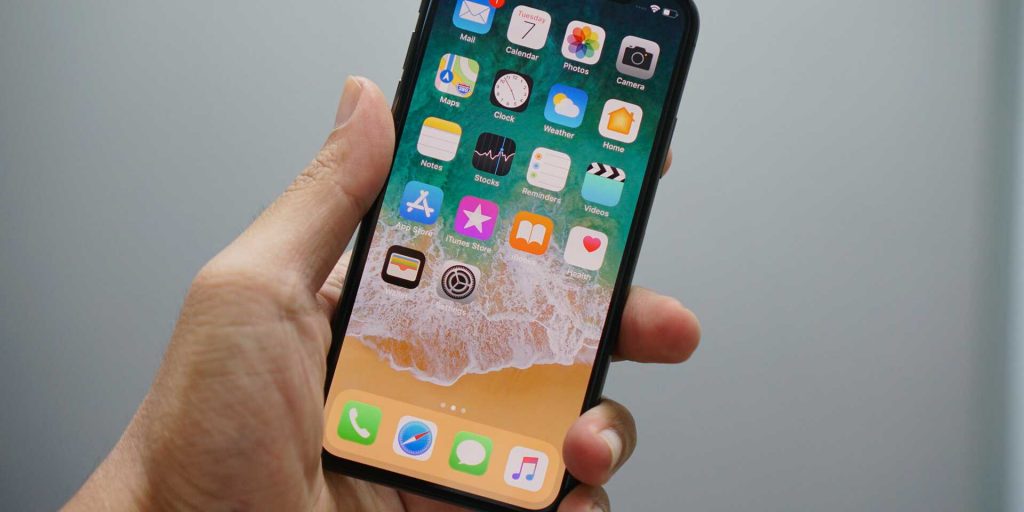
4 Things To Keep Your Eye on for Apple in 2020
Apple held a Special Event in September this year to introduce the iPhone 11, Apple Watch Series 5, and Apple Arcade.
The event told us a lot about the direction of Apple going into 2020, especially for those of us who develop apps for their platforms and want to know what will be the leading edge of innovations for their products. This is also useful for any business or organization that owns an iOS app or is planning to develop one.
Here are the top four things that I think we all have to look forward to with Apple in 2020:

A Slowdown in Innovation for iPhone
2019 may well be the year we have reached peak iPhone. The iPhone 11 series of phones are a clear demonstration of Apple’s expertise and development of mobile phone hardware. However, the 11 doesn’t really have any major hardware innovations compared to the iPhone X, although it is a big step up in performance from the iPhone 8. A clear indication of this was the emphasis on the camera technology above everything else.
This is really good news for those of us who are invested in iOS development. The iPhone has become a sophisticated and mature product. This means that now is a great time to be developing an iOS app. With the maturity of the iPhone where it is, we can rely on it to be a consistent, stable platform for the foreseeable future. Likewise in the future, if you have an app, or are developing an app, it will be relatively easy to maintain your app and there is a low risk of obsolescence if you want to add new features.

Big Breakthroughs Coming for Apple Watch
While the iPhone is maturing, the Apple Watch is just starting to get really good. The new Series 5 introduces noticeable improvements to its power usage, display and storage which show that the watch can be a viable platform. Most importantly, I was happy to see them introduce an always-on display, which makes it a lot easier to use.
At the same time, I don’t think it’s quite become an amazing product yet, but it’s going to be within the decade at the latest. With a little more improvement to its battery and processor, it could become a great hardware platform.
That said, it means now is a great time to start thinking about developing an app for the Apple Watch, especially for organizations in the health and fitness sector. I would venture this could be the perfect platform to have a fitness app in the next year

Potential Change to How We Buy and Use iOS Apps
Although not actually a new announcement, the promotion of Apple Arcade, and its actual launch several days later, is worthy of attention. Apple Arcade uses a subscription model for its video games and is accessible across all Apple platforms. Subscriptions for apps (video games are, after all, a kind of app) is something of a new tack for Apple and shows they are invested in exploring this. I think it’s worth noting how great this could be, especially as it has already attracted some big game developers to get on board: Konami and Capcom. Also: good riddance to micro-transactions!
I hope this will show is the potential for using subscriptions for apps, instead of outright purchases, and Apple expands this into other areas, most especially with their Pro Apps. This hopefully will improve Apple’s app ecosystem, which is lackluster in a few areas – notably with the new iPad. The iPad and especially iPad Pro, though a great piece of hardware, is sadly lacking in Pro apps. Maybe Apple will one day offer the Apple Arcade “bundle” approach for great iOS productivity apps, something the company Setapp is already doing on the Mac.

SwiftUI Changing How We Develop User Interfaces
SwiftUI, Apple’s new user interface (UI) framework, is changing the way we develop UIs for all Apple products by making it easier to quickly develop a dynamic interface that is more flexible and better reflects how people actually use apps. This is happening slowly, as it requires a shift in the way many developers think about UI design, but it has more potential than other, older frameworks, like UIKit. As well, SwiftUI only supports the latest Apple operating systems (iOS 13, Catalina, etc.) and doesn’t support certain kinds of widgets.
Without getting too technical, SwiftUI uses declarative programming, rather than an imperative (which is what UIKit uses). Declarative programming is similar to HTML, as it describes parameters of the UI of a software application, rather than specifying how to draw it on the screen. For example:
Imperative
webpage.drawTitle(“Title”) webpage.drawParagraph(“Lorem Ipsum”)
Declarative
Lorem Ipsum
The other aspect of SwiftUI that makes it promising is that it is cross-platform compatible. This means you can now learn one programming language (Swift) and one framework
(SwiftUI), and you can create UIs for iOS, macOS, watchOS, and tvOS. This is huge for developers, and will hopefully mean we can code for our customers faster, with more consistent, higher-quality results.
It’s still a little early to know for sure what the full impact of SwiftUI will be, but it definitely something to keep an eye on. Time will tell.
Want to Get Ahead of the Curve?
iOS app development is constantly changing and evolving, as you can see from what I’ve outlined above. Knowing what is helpful, unhelpful, or just important to recognize in the field often comes down to experience, being aware of trends, and having a sense of Apple’s goals as a platform and service provider.
At Bright Digit, we are specialists in building apps for iOS. We are attuned to every announcement from Apple and how it could impact our craft. We work with our clients to pass along this knowledge and expertise to them, so they too can keep their apps ahead of the curve, able to deliver the best experience possible to their customers.
If you are ready to deliver that same experience to your customers, email